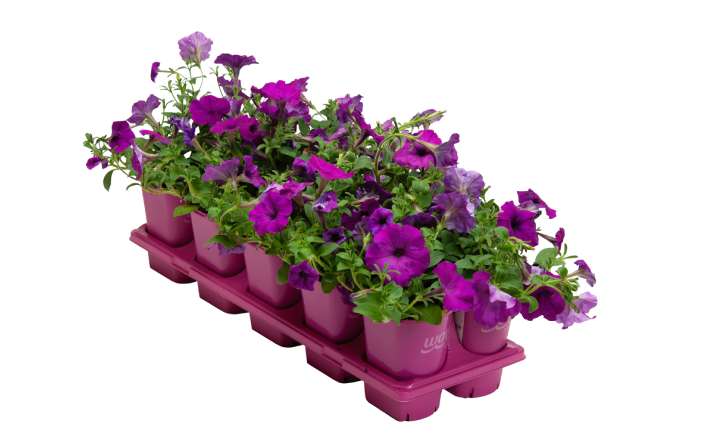The Benefits of Keeping Greenhouse Technology Simple

Photo: Frank Giles
Greenhouse equipment should be simple for the end user. This was the topic of a blog post written earlier this year by Chris Higgins, General Manager and Co-owner of HortAmericas, a wholesale supply company. The main message offered by Higgins was that the most successful products should be easy to use, learn, operate, and maintain. Why does this matter? It affects how much money a grower can make, as smart purchases can lead a better return on investment (ROI).
So how can this relatively simple concept carry out across the controlled-environment industry? Higgins tried to tackle this topic with three market experts during a webinar in October that was part of the Indoor Ag-Conversations webinar series. Joining Higgins were Nadia Sabeh, President and Founder of Dr. Greenhouse, an HVAC design company; Paul Brentlinger, President of Crop King Inc., a greenhouse manufacturer and hydroponic supply company; and Isaac Van Geest of Zwart Systems, an irrigation company.
Together, the group offered several thoughts on how growers can make sure they are being smart in their equipment investments. Here are some of their top insights.
- Every greenhouse location has its own unique properties, such as sunlight, temperature, and humidity, Sabeh says. Putting those together adds a level of complexity to any design process, but the end result will hopefully optimize the environment for the crop.
“One thing we see is not a lot of focus on how systems interact with each other, like air flow and how it’s affected by fans, evaporative cooling pads, or screens,” Sabeh says. “Growers need to look at the entire system as a whole, not piece by piece.” - Plan ahead before working with your supplier, Van Geest says.
“It’s important to know everything you need from the beginning,” Van Geest says. “We can then take all those things into account when planning a design.” - There’s so much new technology out there that it might create headaches when you try to sort it all out. The problem, Brentlinger says, is the equipment is not always as simple as it seems.
“Technology get better every year, and you can always upgrade, but the design needs to stay simple,” Brentlinger says. “Our focus is on designing for simplicity to maximize return on investment. If we can’t show the ROI, we won’t suggest the system.” - Simplicity doesn’t change, even if the equipment does, according to Van Geest.
“We have updated our boom controllers several times, but they still need to work in a simple way,” Van Geest says. - In too many cases, after the supplier leaves the job site, the grower is left to figure out how to fine tune the system, Sabeh says. The problem is that growers are not often prepared to operate on that level of complexity to maintain and monitor new high-tech equipment.
“My concern with very advanced technology is that growers will take for granted the plants they have and the system they have,” Sabeh says. “They think they don’t need to be engaged. I still want growers to walk through the crop and scout, no matter how simple or complex their system is. You have to know how the plant responds to the system and vice versa.” - Simple does not mean sub-par; it means a well-engineered product that is easy to operate, Higgins says.
“Simple should be a compliment to the engineer, as it implies that the product is designed well.”










